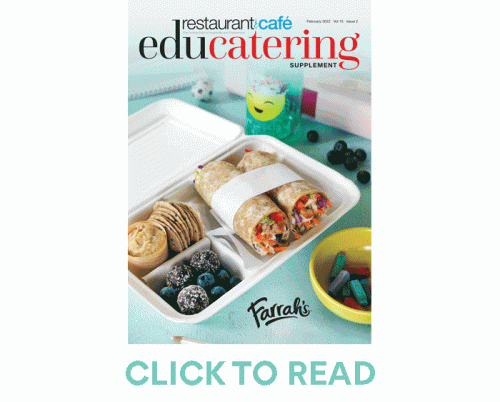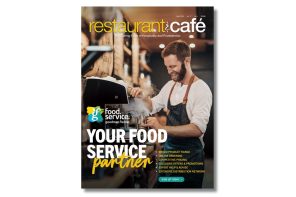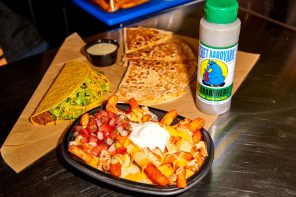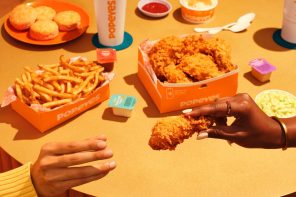Welcome to our first edition of EduCatering, published as part of our ongoing commitment as an integral partner in the food and beverage sector in New Zealand. A sector that is well regarded internationally for its production of high-quality ingredients and products.
Lockdowns over the past two years have increased the trend for all-day breakfast options across all age groups. This trend has morphed over into school lunch offerings. Lunch for kids can include traditional brunch favourites like a Breakfast Burrito or a Sausage, Egg & Cheese muffin split. Expect some more spicy alternatives to pop up on the sandwich front, using different sauces to spice up proteins. Also on the hot list is the popularity of smoothies, great-tasting fruit and yoghurt combinations ready to be eaten on the go.
Breakfast for lunch isn't the only meal kids are eating on the go these days. Bento boxes filled with meats, cheese, veggies, and hummus top the list of kids favourites along with wraps, tacos and fajitas, popular with all age groups.
Plant-based foods are moving into centre stage across the board and with kids placing a high priority on personal health and the planet's health, vegetarian options are going to be the star in 2022. Veggie burger options will also be more prevalent in schools this year.
Gardening in lockdowns was a big hit, and the number of kids and families growing produce and herbs in their backyard has increased in the past year. Schools are taking advantage of modern gardening techniques, from raised beds, hydroponics, and other modern technology, and gardens are sprouting up at schools across the country. Partnering here with schools is a collab opportunity ready for a creative solution.
Having produce gardens at school enables students to grow salad greens or vegetables and bolster the school lunch programme. It is an excellent way to engage children to contribute and take ownership of their school breakfast and lunch menu. It's also the best way to get kids (and adults) to eat and develop a healthy relationship with food.
Food connects people and different heritages. So, sharing a meal with others at school is often the first place a child will taste and learn about different foods and flavours—tasting foods from outside their family's recipes or traditional cultural dishes in an informal setting. The opportunity for school children to share and talk about the various foods and flavours from different cultures is one unexpected bonus outcome of the programme.
Suppliers focus on providing ingredients or ready to eat meals that improve overall wellness, prioritising healthy nutritious options for school kids—helping to keep kids fuelled and hydrated so that they can focus on learning.







